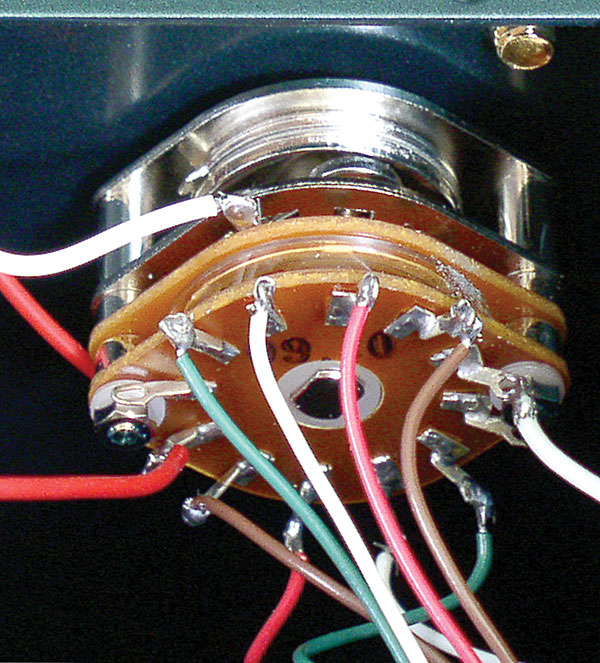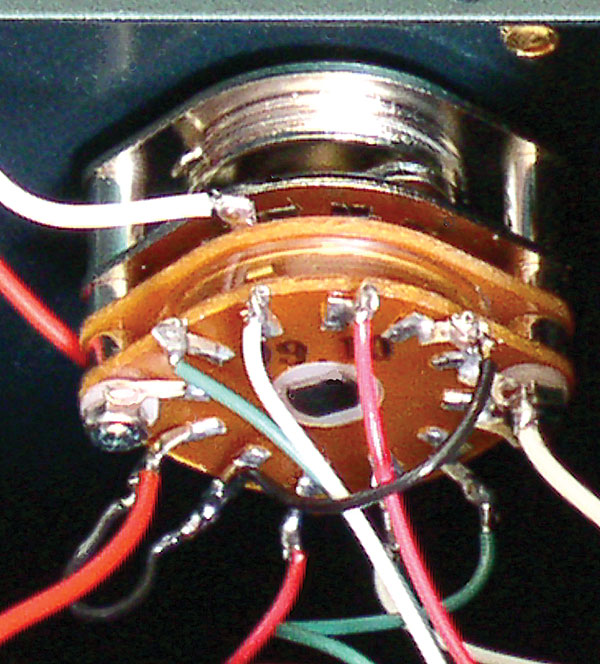| Columns Retired Columns & Blogs |
Hey Art. I'm interested in my tech proforming this Mono mod and he said it wouldn't work because it would put both the stereo cart and mono cart in parallel, resulting in the wrong impedance. Hopefully I got that right as I don't understand how this stuff works. But could you please explain if this is a problem or how you got around it?







































